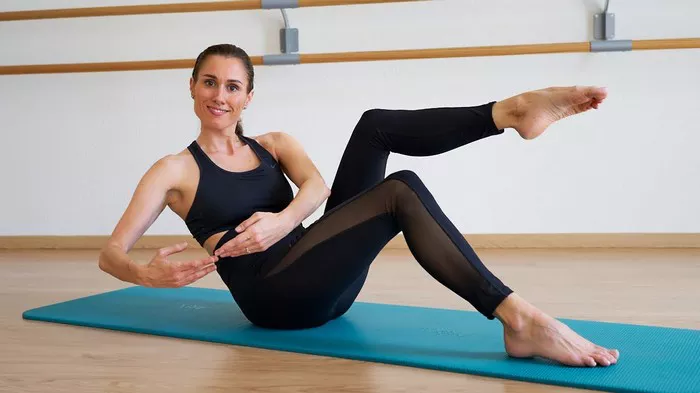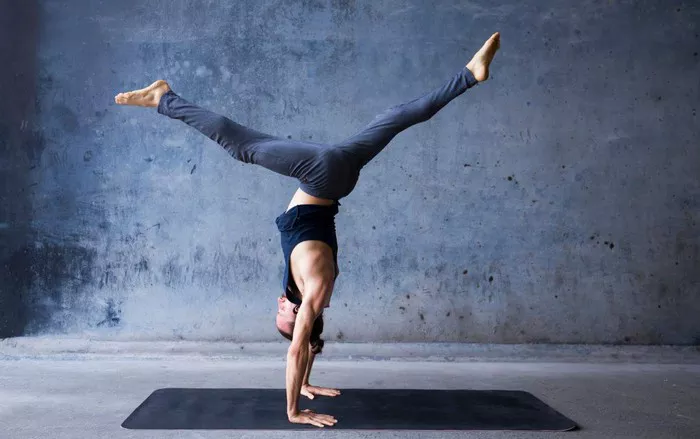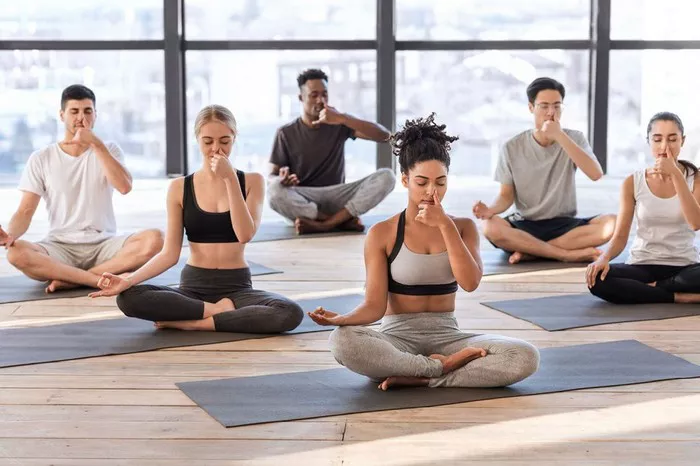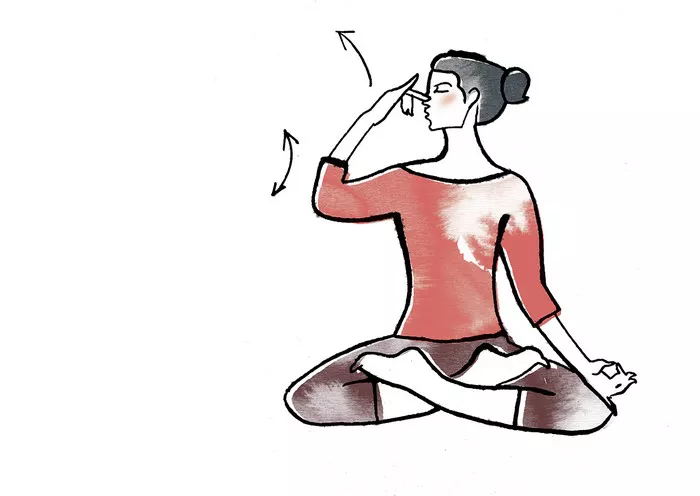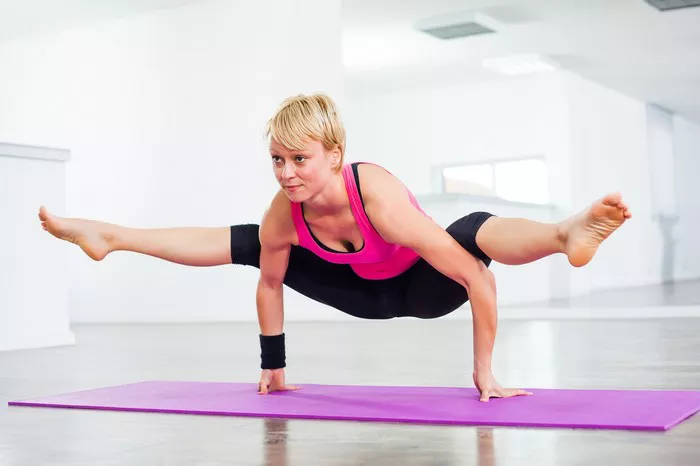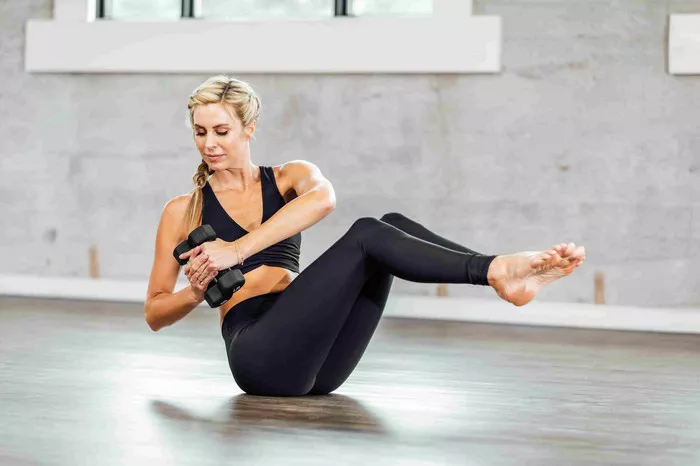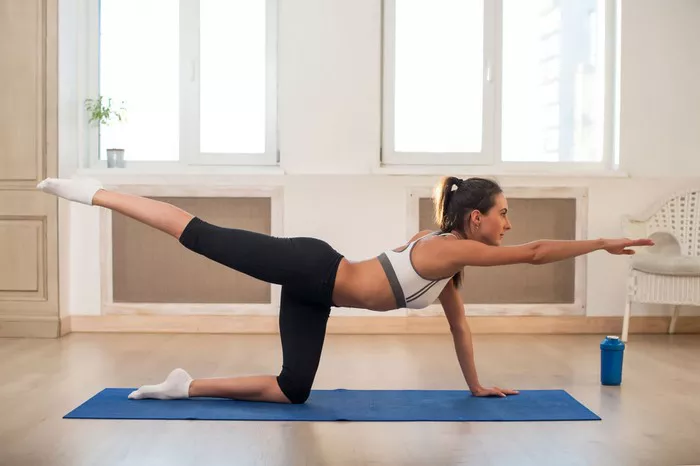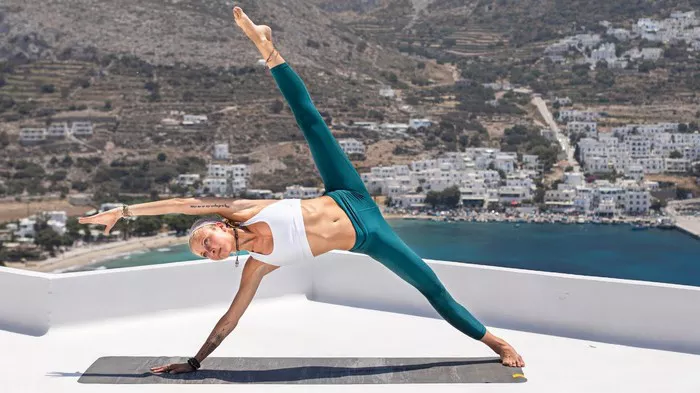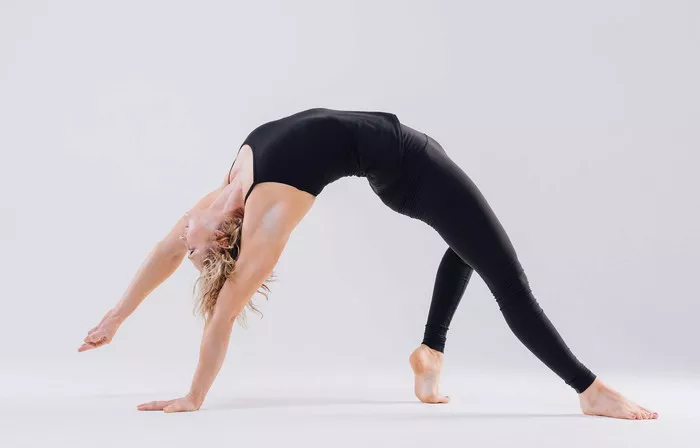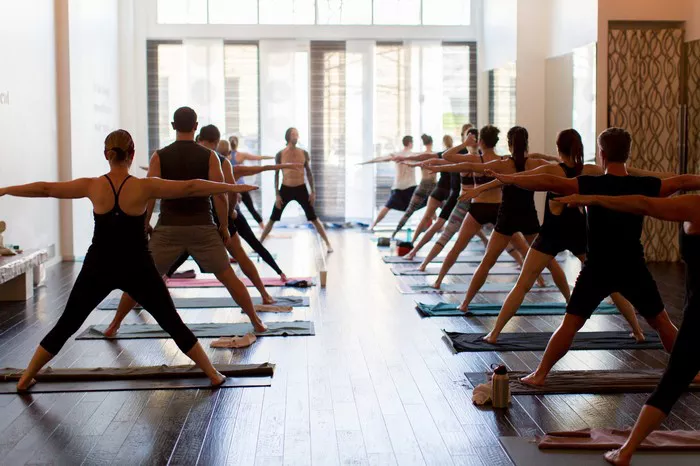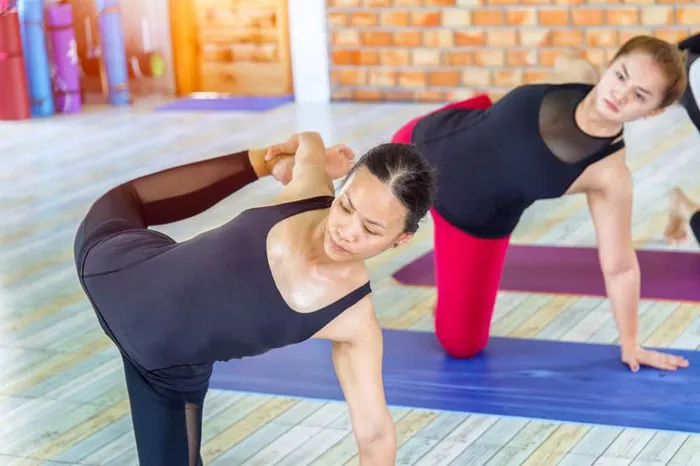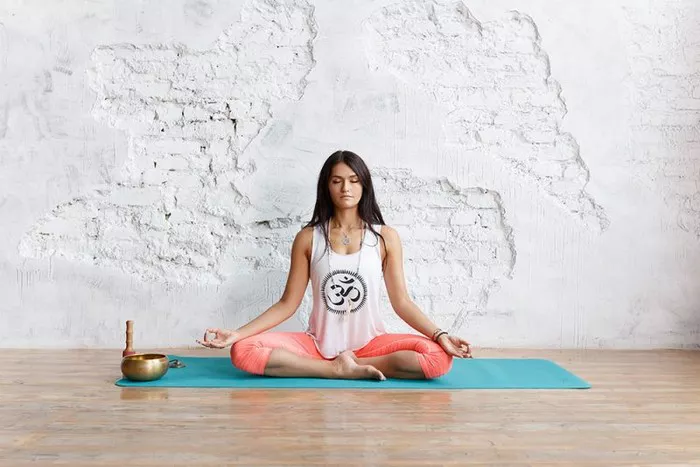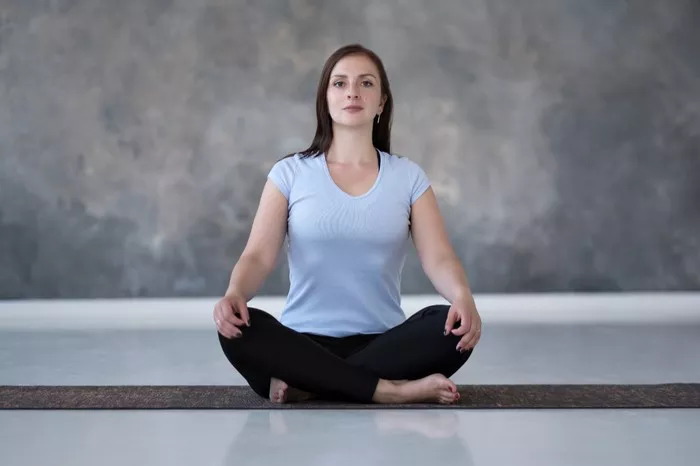Uttanasana, also known as the Standing Forward Bend Pose, is a fundamental yoga asana that is practiced in a wide variety of yoga styles. Its name is derived from the Sanskrit words Uttana, meaning “intense” or “extended,” and Asana, meaning “pose” or “seat.” This asana is not only an excellent physical stretch for the hamstrings and spine but also offers various mental and emotional benefits. Practicing Uttanasana can help beginners build strength and flexibility while calming the mind. In this article, we will guide you through how to practice Uttanasana, focusing on proper technique, alignment, common mistakes, and variations to accommodate your body’s individual needs.
Benefits of Uttanasana
Before diving into the step-by-step instructions, it’s helpful to understand the range of benefits this pose offers. Uttanasana stretches and strengthens many parts of the body, and its effects go beyond physical flexibility:
Stretching the Hamstrings and Lower Back: Uttanasana primarily stretches the hamstrings, calves, and the entire length of the back. This makes it beneficial for people who suffer from tightness in these areas, common due to long hours of sitting.
Spinal Flexion and Improved Posture: The forward fold in Uttanasana helps elongate and decompress the spine, encouraging a better posture. Over time, consistent practice can reduce spinal stiffness and enhance flexibility in the lower back.
Improved Circulation: Inverting the head below the heart encourages blood circulation to the brain. This can help improve mental clarity, reduce fatigue, and may even help with headaches or anxiety.
Stress Relief and Relaxation: Uttanasana has a calming effect on the nervous system, helping to reduce stress and anxiety. The deep breathing involved in the posture fosters relaxation, making it an excellent pose to use in the midst of a stressful day.
Detoxification: The forward fold in Uttanasana can aid in the stimulation of the digestive organs, helping to relieve bloating and promoting overall digestive health. The gentle compression of the abdomen increases circulation to the digestive system.
Strengthening the Core: As you engage the core to support the spine in Uttanasana, you are also working on your abdominal muscles, which can contribute to greater core strength and stability.
Step-by-Step Guide to Doing Uttanasana for Beginners
Now that you have a better understanding of the benefits of Uttanasana, let’s go through the step-by-step instructions to ensure you practice the pose correctly and safely.
Step 1: Start in Mountain Pose (Tadasana)
Begin by standing tall at the top of your mat, with your feet hip-width apart. Spread your toes wide and press the soles of your feet firmly into the ground.
Keep your legs straight but not locked, and engage the quadriceps (front thigh muscles) to lift the kneecaps slightly. This helps to activate the legs and stabilize the pose.
Tuck in your tailbone slightly and lift your chest toward the sky. Relax your shoulders away from your ears and engage the muscles of your abdomen.
Close your eyes for a moment to focus on your breath, breathing deeply in and out through the nose.
Step 2: Initiate the Forward Fold
Inhale deeply as you prepare, and as you exhale, begin to hinge at your hips (not your waist) and start to fold forward. Imagine your body moving like a hinge from the pelvis, maintaining a straight line through the spine as much as possible.
Allow your knees to bend slightly if needed, especially if your hamstrings are tight. This is very common for beginners and it’s more important to maintain a long spine rather than force your legs straight.
As you fold forward, keep your spine lengthening from your tailbone through the crown of your head.
Step 3: Bring Your Hands to the Floor
Once your torso is folded forward, bring your hands down to the floor. You can place your hands on the floor, on blocks, or on your shins, depending on your flexibility. If you are able to, place your hands flat on the floor with your fingers spread wide and your palms pressing into the mat.
Keep your arms straight as you engage your core muscles to support your lower back. If your hands do not reach the floor, that’s okay! Just place them on your legs or use yoga blocks for additional support.
Step 4: Deepen the Stretch
With each exhale, allow your chest to move closer to your thighs, keeping the weight of your body evenly distributed between the balls and heels of your feet.
Keep your head relaxed and let your neck be free. Avoid tensing the neck, as the goal is to relax and release any stored tension in the upper body.
As you fold deeper, try to lengthen your spine rather than rounding it. Imagine the crown of your head reaching toward the floor as your hips continue to rise towards the sky.
Step 5: Hold and Breathe
Once you are in the deepest version of the forward fold that your body allows, stay in the position and focus on your breath. Take deep, slow inhales and exhales, allowing the breath to guide you into a deeper state of relaxation and flexibility.
Hold the pose for about 30 seconds to 1 minute, or for as long as it feels comfortable. Beginners may feel some discomfort, but be mindful not to push yourself too hard—keep the posture gentle and respectful of your body’s limits.
Step 6: Come Out of the Pose
To come out of Uttanasana, slowly engage your core and begin to roll up through your spine, starting from the lower back and working your way up. Be sure to move slowly to avoid dizziness.
Stack each vertebra on top of the other as you return to a standing position. When you come to a full standing position, take a moment to ground yourself and observe the sensations in your body.
Common Mistakes to Avoid in Uttanasana
Uttanasana may seem like a simple pose, but it is easy to make some common mistakes, especially as a beginner. Here are some of the most common errors and how to avoid them:
Rounding the Back: One of the most frequent mistakes is rounding the back too much, especially in the lower spine, when folding forward. This can cause unnecessary strain on the back. Instead, focus on maintaining a long, straight spine and hinging from the hips.
Locking the Knees: Locking your knees in this pose is not advisable, as it can lead to tension in the joints and the lower back. Keep a slight bend in the knees to protect the ligaments and allow your body to fold forward with more ease.
Forcing the Hands to the Floor: It’s natural to want to touch the floor with your hands, but if you cannot reach the ground without rounding your back or straining, it’s better to use blocks or place your hands on your shins. There’s no need to force the flexibility—just find a position where you feel a good stretch without discomfort.
Holding the Breath: Holding your breath during any yoga pose, including Uttanasana, can cause tension and make the pose feel harder than it needs to be. Focus on deep, steady breathing throughout the entire pose. Use the breath to deepen the stretch and to relax into the posture.
Neglecting Core Engagement: It’s easy to think of Uttanasana as a purely stretching pose, but engaging your core is essential for maintaining a strong and stable foundation. A strong core helps protect your back and supports your spine as you fold forward.
Variations and Modifications for Beginners
While Uttanasana is a beginner-friendly pose, there are several variations and modifications you can incorporate to make the pose more accessible based on your individual body’s needs. Here are a few:
Using Blocks: If reaching the floor is difficult, place yoga blocks under your hands. This helps elevate your torso and ensures a longer, more comfortable spine.
Bending the Knees: For tight hamstrings or lower back issues, bend your knees slightly to prevent strain. The key is to keep the chest reaching toward the thighs, not forcing the legs straight.
Placing Hands on Shins or Thighs: If placing your hands on the floor is not possible, place them on your shins or thighs. This provides support and still allows you to lengthen your spine.
Supported Uttanasana: If you are very tight in your lower back or hamstrings, you can practice Uttanasana with your hands resting on a chair or a high object. This modification allows you to maintain a long spine while still feeling the stretch.
Wide-Legged Forward Bend (Prasarita Padottanasana): If you find Uttanasana too intense, you can modify the pose by spreading your legs wider apart. This variation is less intense on the hamstrings and allows for a deeper stretch in the inner thighs.
Conclusion
Uttanasana is a versatile and beneficial yoga pose that can improve flexibility, reduce stress, and enhance overall well-being. By following the proper steps, paying attention to your body’s needs, and avoiding common mistakes, beginners can safely enjoy all the benefits this pose has to offer. Remember that yoga is about honoring your body’s current state, and there’s no rush to deepen a stretch or achieve a perfect pose. With consistent practice and patience, you will gradually build strength and flexibility, while experiencing the mental and physical rewards of this rejuvenating asana.
Related topics

